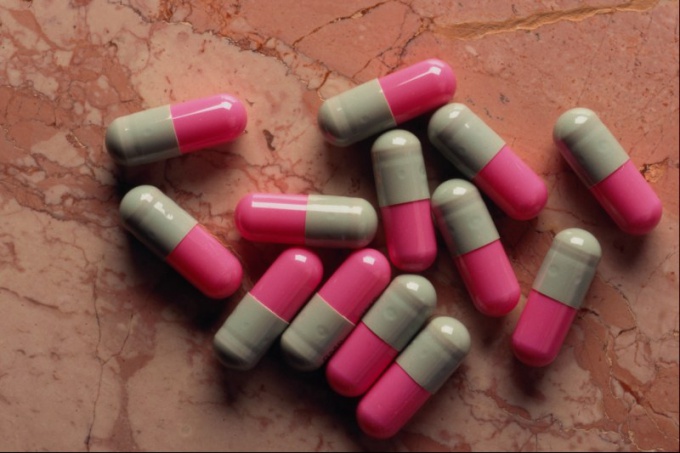You will need
- -proper diet;
- -the swimming pool;
- -medicines (as required).
Instruction
1
Eat folic acid and vitamin B. Folic acid is found in carrots, beets, cucumbers, cabbage, bran and bread flour, as well as in fruit and berry juices. Eating beets reduces blood viscosity and, consequently, the likelihood of blood clots. Be sure to add in your diet tomato juice (flavonoids constituent are considered antithrombosis elements).
2
Do not eat foods containing large amounts of salt. What salt contributes to edema. Avoid foods high in fat. Drink daily at least 2,5-3 liters of water (without gas), lack of fluid in the body contributes to increased blood viscosity. Do not forget that alcohol dehydrates the body.
3
Visit the pool, you will need to swim or exercise in water. Activity improves blood circulation and metabolic processes in the human body, not allowing the blood to stagnate.
4
Do not wear tight clothes, as it hinders blood circulation. This primarily refers to the socks, garters and corsets.
5
The risk of blood clots increase with surgery, trauma and infectious diseases, so take care. Every day wash your feet with warm water, preferably with antibacterial soap. So you cleanse the skin from bacteria that can cause infection.
6
For the prevention of blood clots the veins if you have such diseases as varicose veins of the legs and chronic venous insufficiency promptly contact your doctor-phlebologist. Constantly watch for the appearance of symptoms: daily inspect your feet and be sure to contact the doctor if you notice the following signs of deterioration in blood circulation: skin peeling and discoloration (stains with a bluish tint); bruising; increased pain in the legs and the appearance of swelling.
7
Daily practice Hiking, it is proved that every day one man a distance of three kilometers negates all the risk factors of blood clots.
8
Be sure to pass planned examination, in some cases, when the likelihood of thrombosis is large, a doctor can be prescribed pills or injections.
Useful advice
If alarming symptoms appeared and persistently make themselves felt, do not delay - contact a doctor. Remember that excessive stress, bad mood, resentment and anger is very often the cause of sudden blood clots.
